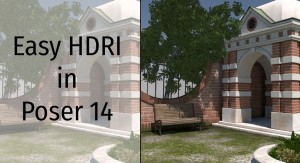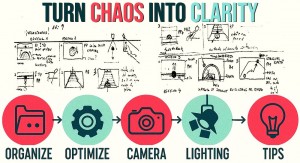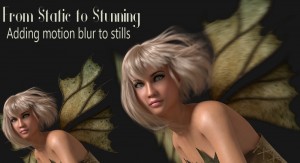Making a velvet material for SuperFly is a very easy task, and yet, you can get amazing results. Actually, there is a node in the Poser Material Room that has all the functions already built in. If you have been involved in computer graphics for a few years, you know that making velvet materials required doing a lot of normal calculations in your materials, but now all that is done by our VelvetBsdf node.
To make a velvet material, first, go into the Material Room and create a VelvetBsdf node, connect it to the CyclesSurface’s Surface input, and set that node as the SuperFly Root, so it is used by SuperFly when rendering the surface that has the material applied to it.











Poser’s SuperFly has a wide variety of shader nodes that you can use for different situations, such as the PrincipledBsdf, VelvetBsdf and the PrincipledHairBsdf node that we have used in the past. It is up to you to explore Poser 13’s advanced render capabilities and bring your work to the next level!
What kind of work do you do with Poser? How are you using Poser 13’s Hair Room to create your art? Share your thoughts in the Poser forums!
.png)






